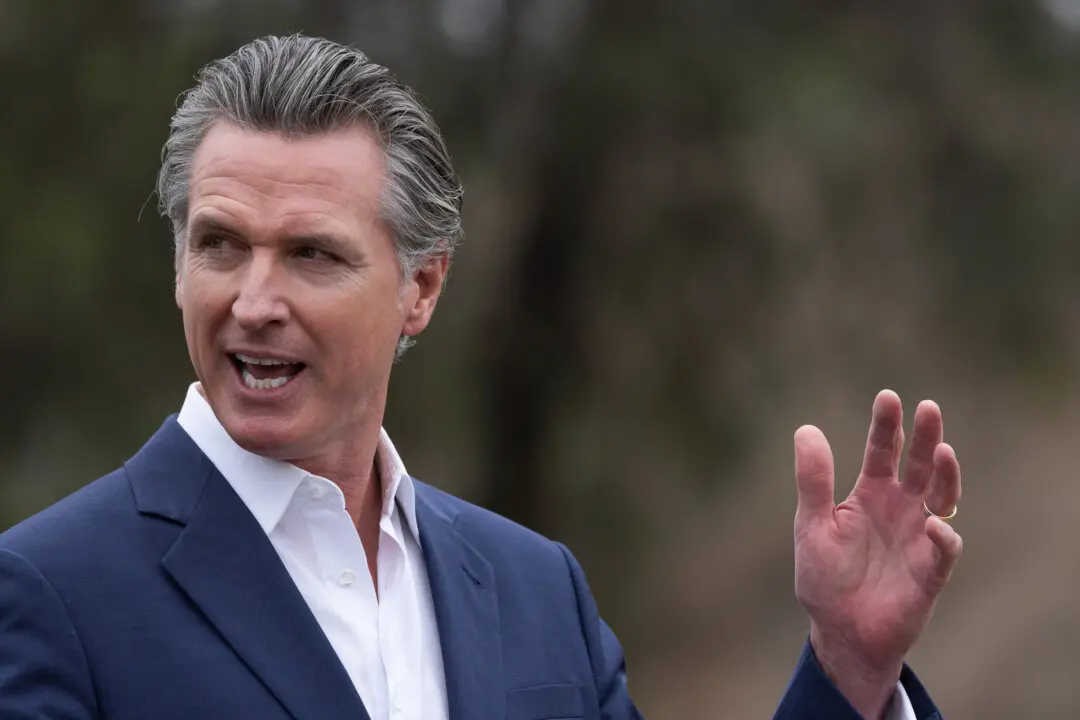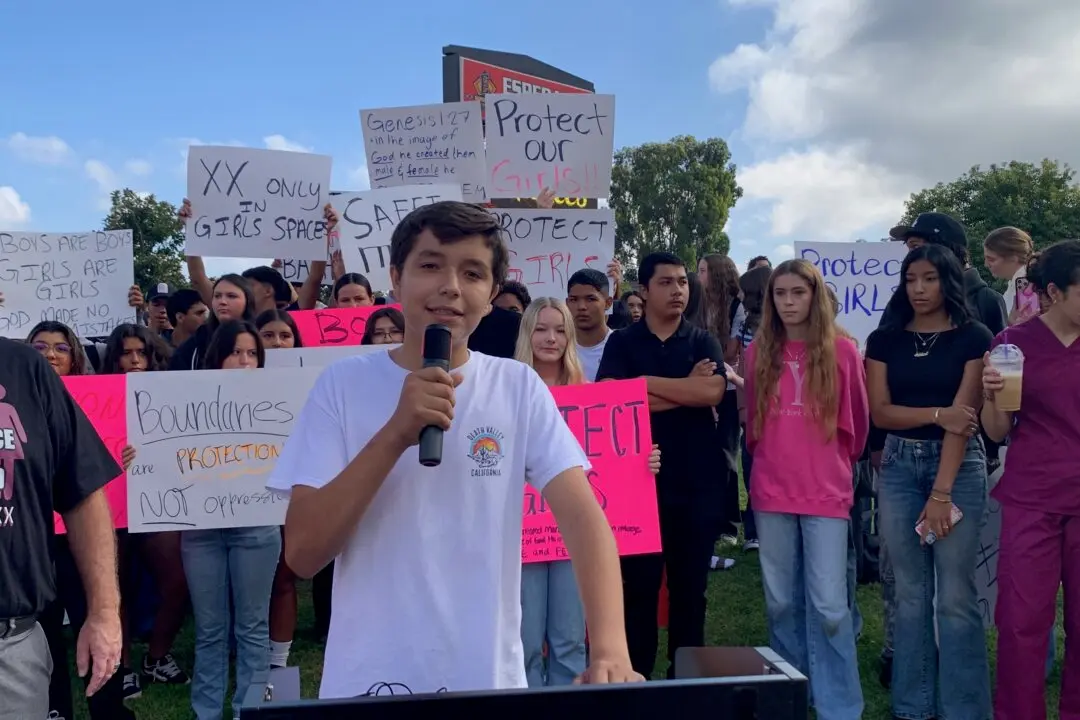Facing pressure from the California government to facilitate the production of more green energy, the Trump Administration approved the construction of a 3,000-acre solar project on Jan. 16.
The Bureau of Land Management (BLM) approved the Desert Quartzite Solar Project, a subsidiary of First Solar, Inc., to build and operate a 450-megawatt solar project on federally managed public lands. The project site is in Riverside County, not far from the Arizona border.





